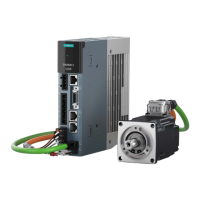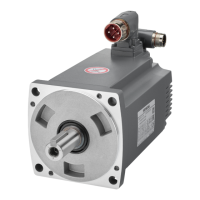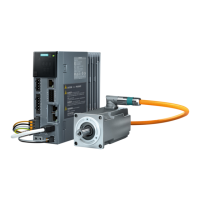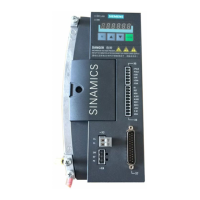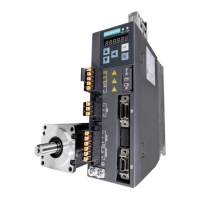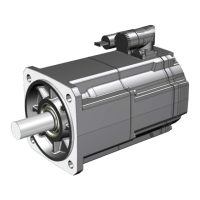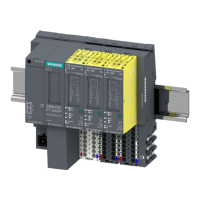A.5 Motor selection
A.5.1 Selection pr
ocedure
Overview
The following section shows the principal steps for selecting a suitable motor. Then you can
calculate the moment of inertia of your system and the braking energy accordingly.
Requirement
None
Procedure
Proceed as follows to select a motor:
1. Determine the mechanism type as well as the detailed data of the related mechanical parts,
such as ball screw lead, diameter, lead, and gear diameter. Three mechanism types are shown
below:
Belt transmission
ball screw
rack and gear
2. Determine the operation pattern including such parameters as acceleration time (ta),
constant mo
tion time (tu), deceleration time (td), stopping time (ts), cycle time (tc), and
travel distance (L).
3. Calculate load inertia and inertia ratio.
The inertia ratio can be obtained by dividing the load inertia by the rotor inertia of the
selected motor. The unit of inertia is x 10
-4
kg·m
2
.
4. Calculate the speed.
Calculate the speed according to the travel distance, acceleration time, deceleration time,
and constant motion time.
5. Calculate the torque.
Calculate the torque according to the load inertia, acceleration time, deceleration time, and
constant motion time.
6. Select the motor.
Select the motor that matches the data in step 3 to step 5.
Appendix
A.5Motor selection
SINAMICS S200 PROFINET servo drive system with SIMOTICS S-1FL2
900 Operating Instructions, 11/2023, FW V6.3, A5E51646752B AB
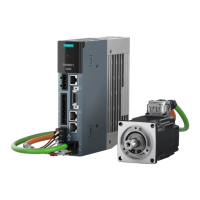
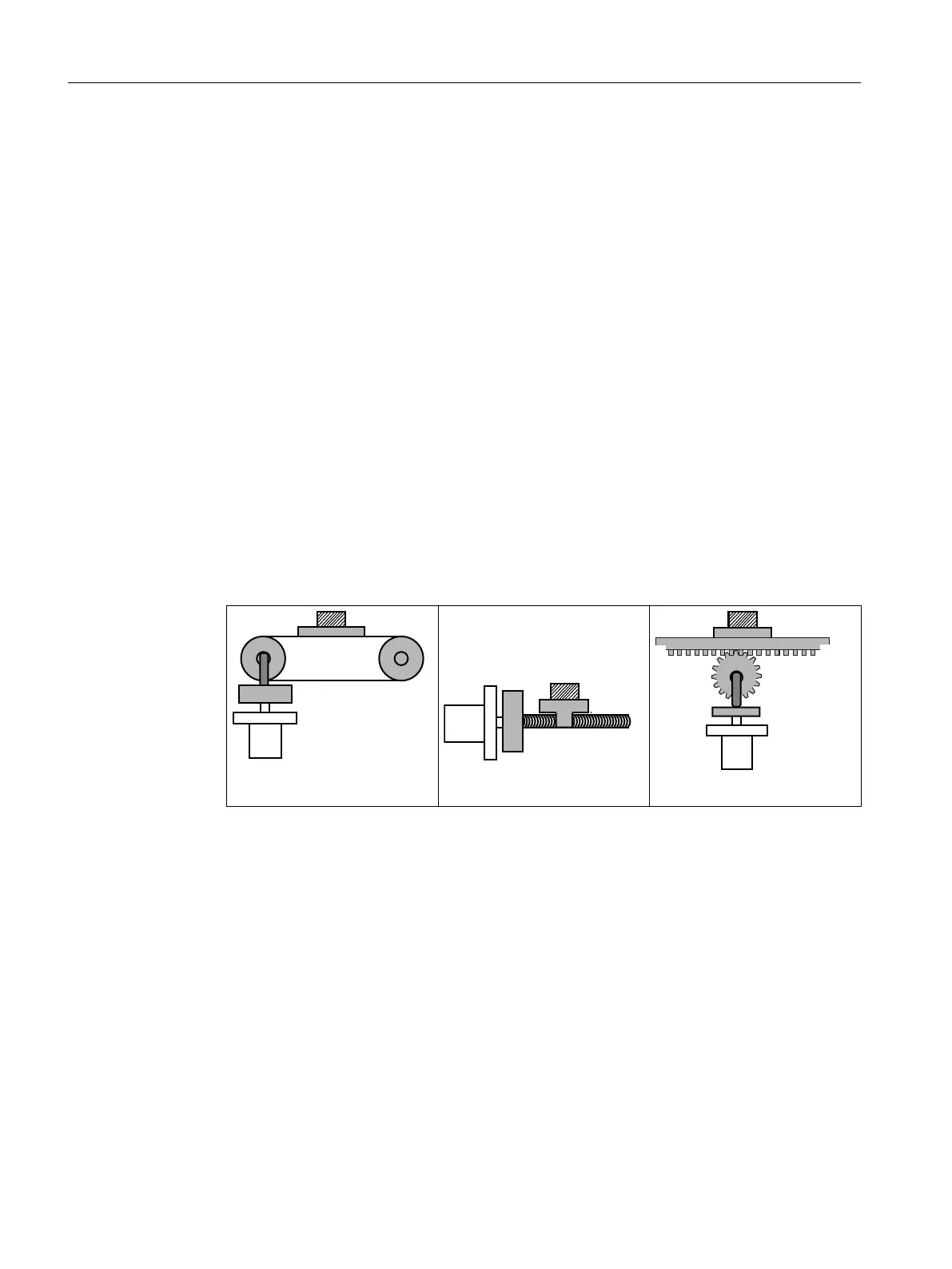